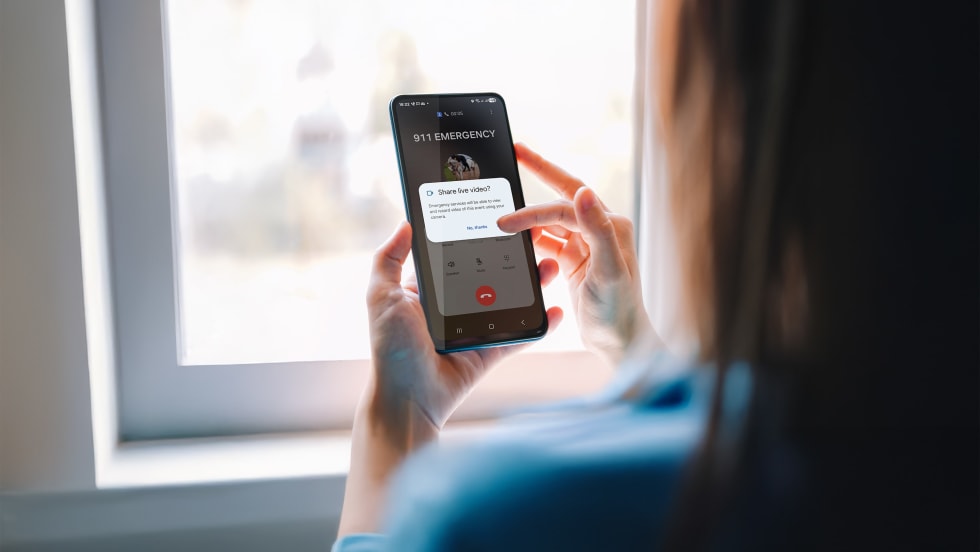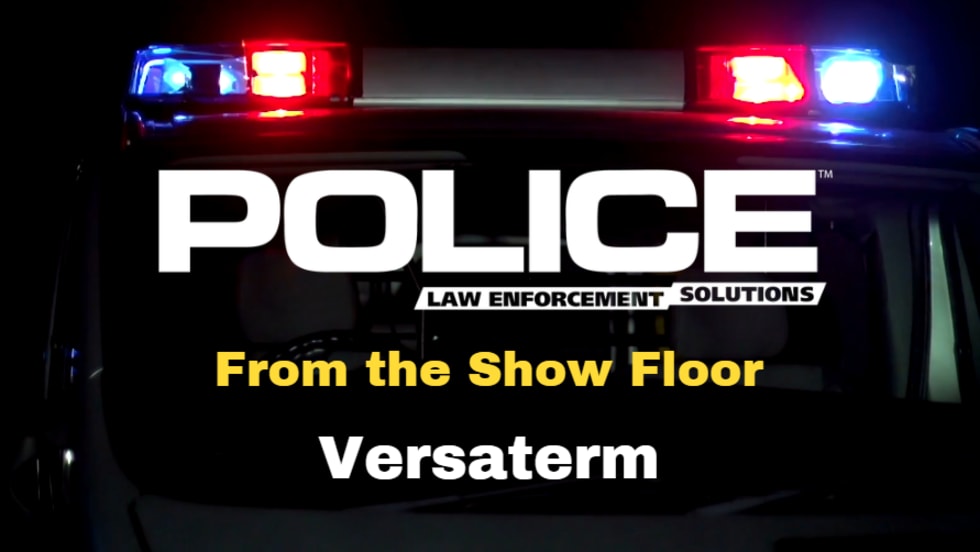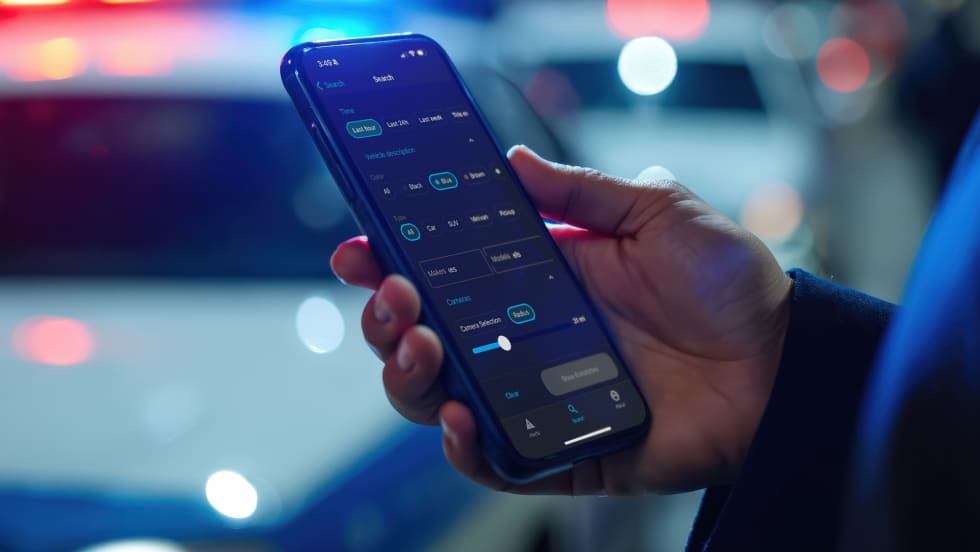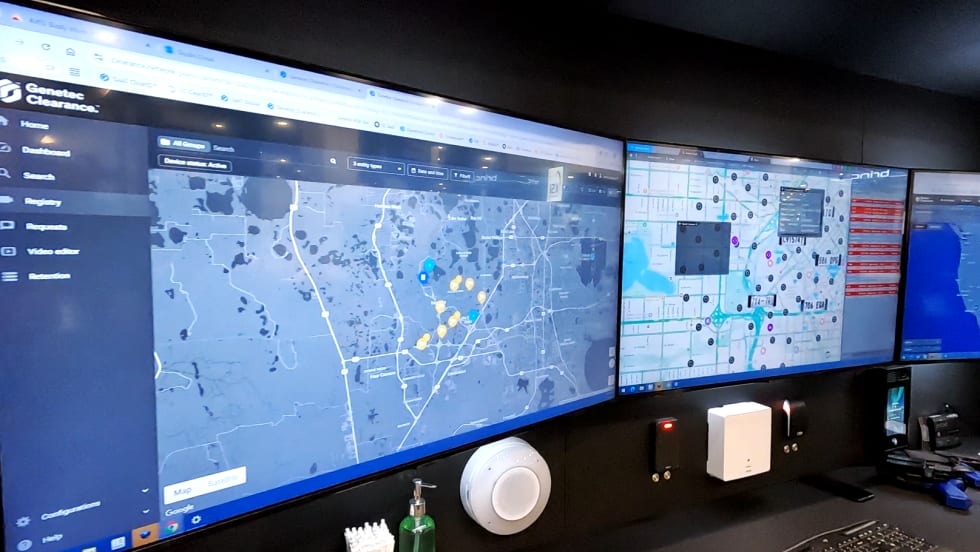The Arlington (Texas) Police Department has announced that it is expanding its Drone as a First Responder (DFR) program.
Texas Agency Expands Drone as First Responder Program
The department initially rolled out its DFR program to help respond to the influx of fireworks calls during the 4th of July and New Year’s Eve weekends. Now, DFR can be used to respond to a variety of in-progress calls including burglaries.

A drone as first responder pilot operates a drone from the Arlington (Texas) Police Department's real-time crime center.
Arlington PD
To enhance officer response on the ground when a call for service comes in, APD employees who are licensed UAS pilots can fly a drone to a scene, scope out the area from above, and provide important, real-time information to the responding officers. Because drones are oftentimes able to reach scenes more quickly than a patrol vehicle navigating city roadways can, this approach can help officers more swiftly identify and locate suspects, make better-informed decisions, and better protect themselves and community members, APD said in a press release.
The department initially rolled out its DFR program to help respond to the influx of fireworks calls during the 4th of July and New Year’s Eve weekends. Now, DFR can be used to respond to a variety of in-progress calls including burglaries, aggravated assaults, missing persons, and more.
Additionally, APD is among the first law enforcement agencies in the U.S. to receive a Beyond Visual Line of Sight waiver from the Federal Aviation Administration. This allows APD drone pilots to fly drones greater distances than what is typically authorized and to remotely pilot drones from inside the department’s Real Time Crime Center (RTCC), boosting the overall effectiveness of the DFR program.
APD has installed DFR docks at two strategic locations within the city where RTCC personnel can instantly launch a drone. The drones can fly up to a 1.5 mile radius from the docks and reach speeds of up to 50 mph.
“I want to be clear that DFR does not replace our traditional police response,” said Chief of Police Al Jones. “But this technology presents significant opportunities for us to better serve our community, which is why we are embracing it. The faster we can put eyes on a situation, the safer the outcome for everybody.”
APD is committed to protecting the privacy rights of community members and has set up multiple safeguards to ensure the DFR program is appropriately administered:
The program adheres to all local, state, and federal regulations.
Each flight must be logged and documented, and is subject to auditing.
DFR can only be used to respond to calls for service and is not authorized for general surveillance or indiscriminate monitoring.
The drones do not record video in transit and will only begin recording video at a scene if there is a legitimate law enforcement reason for doing so.
APD is also required by law to submit a biennial report to the state detailing all drone deployments. The latest version of that report is publicly available on the APD website.
More Technology

Motorola Solutions and Google Let Android Users Share Live Video with 911 in Seconds
Motorola Solutions’ 911 command center software now integrates with Google’s Android Emergency Live Video, so callers can let first responders see their emergency with a single click.
Read More →
From the Show Floor: Versaterm
Learn more about Versaterm as POLICE visits with Rohan Galloway-Dawkins, chief product officer, to explore the company’s focus on a purpose-built platform for public safety.
Read More →
From the Show Floor: Motorola Solutions
In this video, learn about the Motorola Solutions ecosystem and how it provides tools that enhance the efficiency and safety of police officers. You’ll hear about the APX NEXT radio and SVX system, Assisted Narrative, and more.
Read More →
Veritone & Armada Partner to Deliver Mission-Critical Edge Intelligence for Public Safety
Veritone and Armada will deliver a fully integrated edge-to-enterprise data fabric, capable of ingesting high-volume audio, video, drone, and sensor streams in the field and transforming them into actionable intelligence.
Read More →
Genetec Launches Cloudrunner Mobile App for Real-Time Vehicle Investigations in the Field
Genetec’s new Cloudrunner Mobile app extends Cloudrunner capabilities to the field, giving law enforcement and security professionals faster access to data and alerts wherever they are.
Read More →
Learning How to Manage Your Fleet?
Watch this tutorial on how fleet management platforms work. You’ll see how easily you can integrate fleet telematics, dash cameras, and asset management in a single pane of glass and manage your fleet more effectively.
Read More →
From the Show Floor: Semtech
Learn about the latest ruggedized routers designed for public safety vehicles as POLICE visits with Greg Hill of Semtech. These routers are equipped with the latest 5G technology.
Read More →
How One Police Department Cut Crime by 46% with Smarter Patrol Management
Discover how one police department cut crime nearly in half using smarter patrol data. This whitepaper breaks down the real-world strategy behind a 46% drop in vehicle thefts, improved officer safety, and stronger community visibility.
Read More →
Genetec Showcases Its Latest Public Safety Innovations at IACP 2025
Genetec demonstrated its Cloudrunner, Citigraf, and Clearance during IACP 2025 to show how they can provide law enforcement with a unified situational awareness to make cities safer.
Read More →
Ohio’s Statewide Drone First Responder Program to Take Flight
Over the next two years, the Ohio DFR Pilot Program will equip municipalities with advanced drone systems, deliver comprehensive training for first responders, and enable FAA-approved Beyond Visual Line of Sight operations.
Read More →
